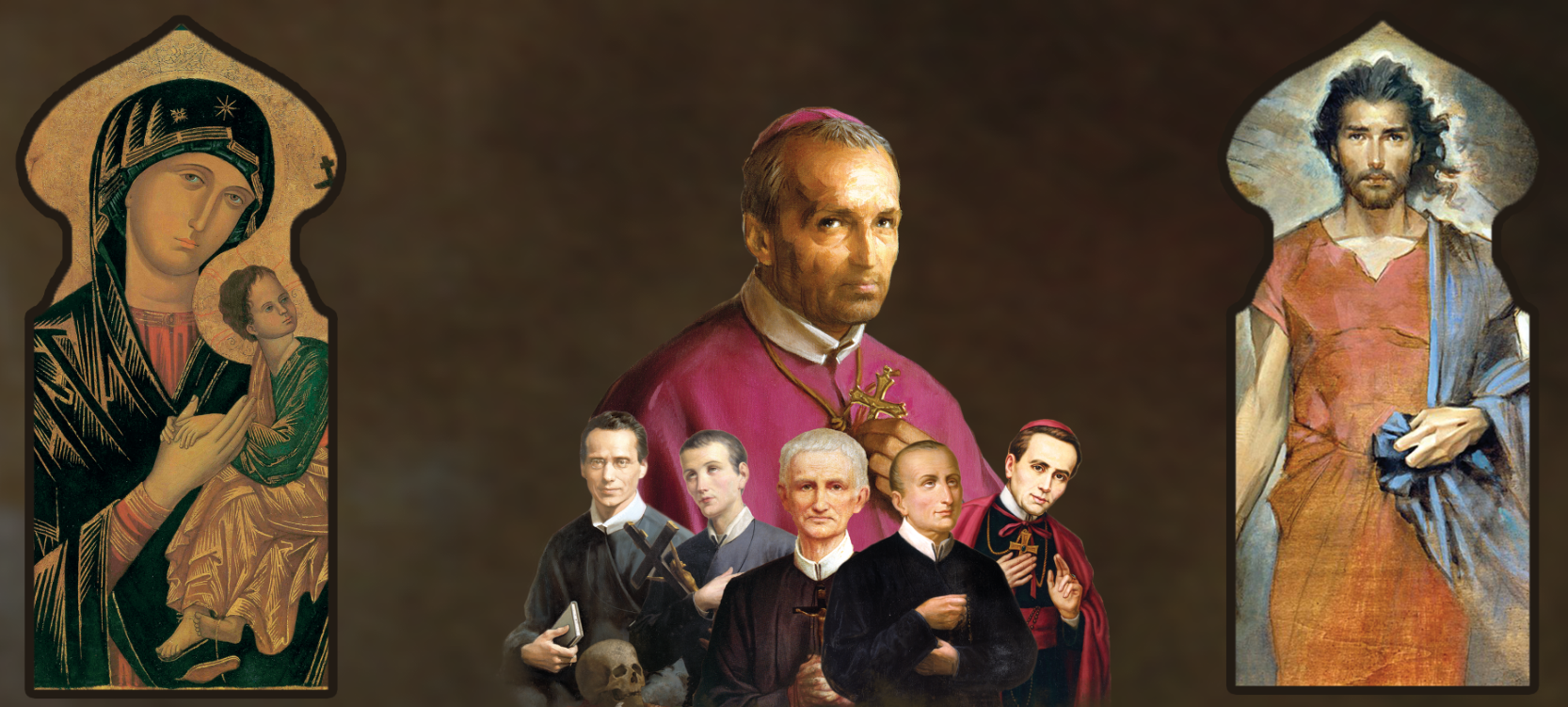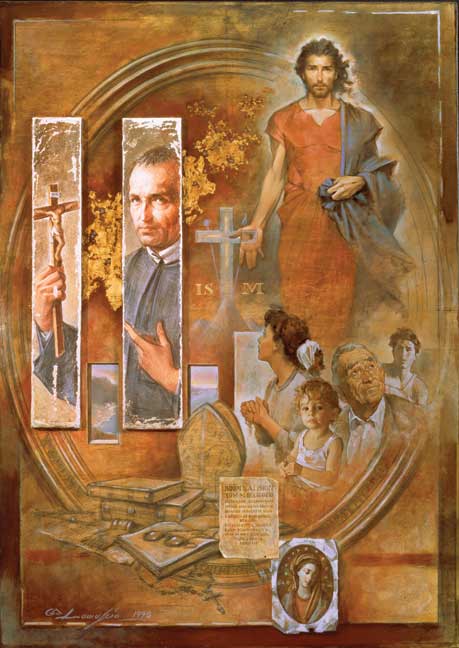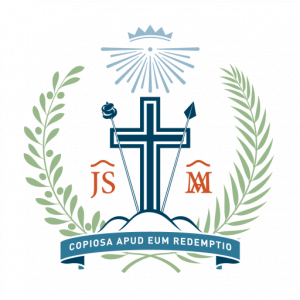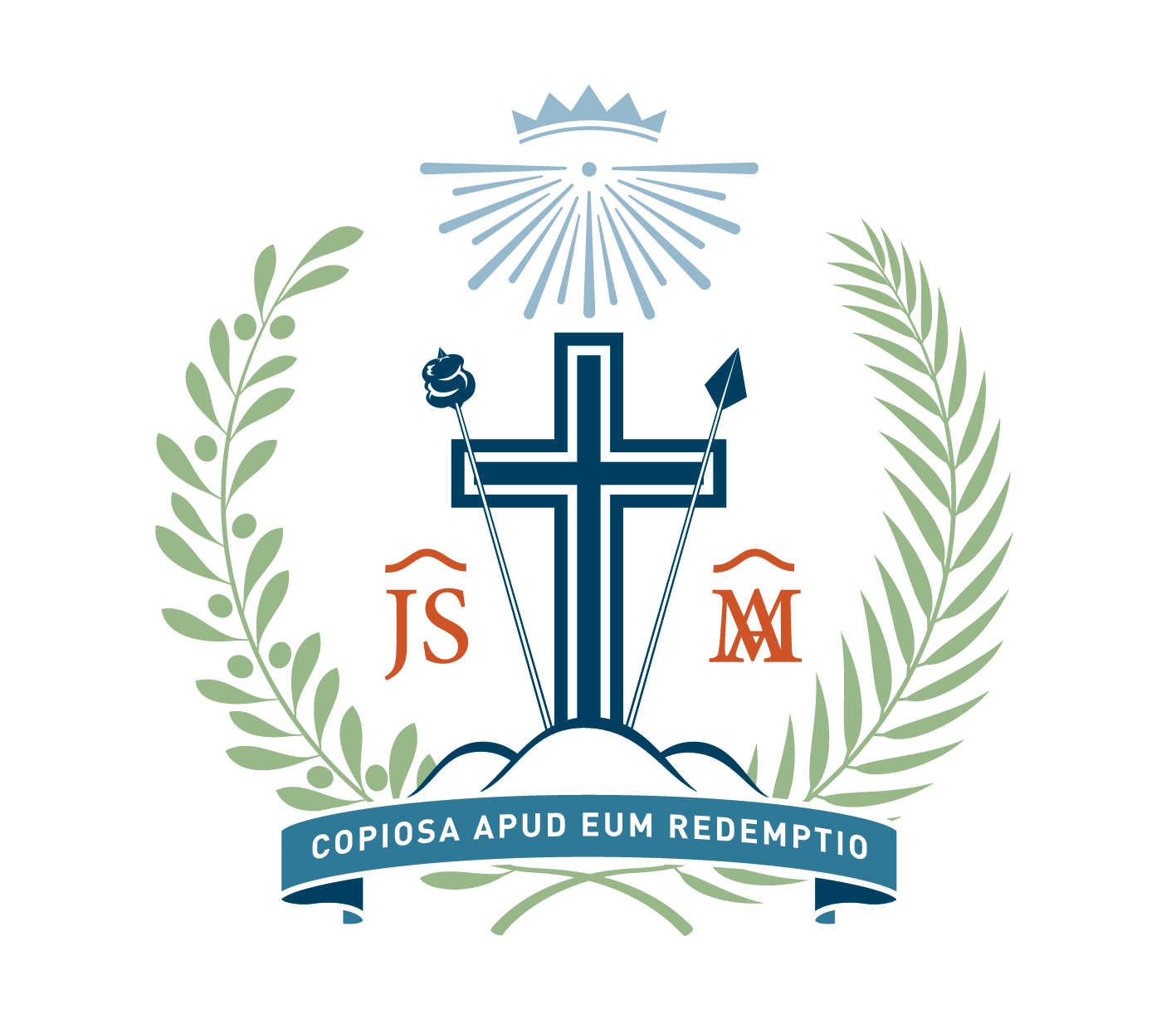

ABOUT US
Congregation of the Most Holy Redeemer
The Congregation of the Most Holy Redeemer, founded by Saint Alphonsus, is a clerical missionary religious Institute of pontifical right, enjoying the privilege of exemption, and having members belonging to various rites. Its purpose is to “follow the example of Jesus Christ, the Redeemer, by preaching the word of God to the poor, as he declared of himself: ‘He sent me to preach the Good News to the poor’.” Constitution #1
Redemptorist Missionaries
“A Redemptorist tries to have a sense of the fullness of God’s life, the abundance of God’s love, the experience of God’s love in his own mind, and then goes forth and proclaims it. Ours is an Incarnational, very human and holistic spirituality,” explains Father Patrick Woods. “God is present—through the birth of Jesus, His death on the cross, and His presence in the Blessed Sacrament. We relate our preaching today to all who are suffering in the world, whether that be from famine, poverty, terrible situations of war, or any other dehumanizing cause. This is where Christ is dying now. He is there with them in their suffering and with plentiful grace, which gives hope for the future.”
Redemptorists preach Alphonsus’ message of the God of merciful love and the importance of prayer: “Pray and you will be saved. Do not pray, and you will be lost.”
The Redemptorists’ experience of working with alienated and marginalized people enters deeply into their prayer lives; they carry all those with whom they work into their personal prayer. Here their hearts are most in company with Jesus’ own desires, as they love and hold them up in hope.
“Prayer and meditation in the Alphonsian tradition is something we live today,” Father Woods says. “In thinking about God, thinking about the Passion, we carry God’s love forward into all our work.”
Members around the World
Active Countries
Years of Service to the Church
Years of Presence in Sri Lanka

Redemptorist spirituality sees God in the ordinary experiences of our life. God is there.
In carrying out its mission in the Church the Congregation unites members who live together and form one missionary body. These dedicate themselves to God by profession, and so devote themselves to their mission as a living unit, each contributing through the ministry that belongs to him. [Constitution #2]
The most abandoned, to whom in particular the Congregation is sent, are those for whom the Church has not yet been able to provide sufficient means of salvation, those who have never heard the Church’s message, or at least do not receive it as the “Good News”, and finally those who suffer harm because of division in the Church.
At the same time the Congregation directs its apostolic zeal towards the faithful who enjoy ordinary pastoral care; for they need to be strengthened in faith, continually converted to God, and bear witness to the faith in everyday life. [Constitution #3]
THE REDEMPTORIST MISSIONARY
Strong in faith, rejoicing in hope, burning with charity, on fire with zeal, in humility of heart and persevering in prayer, Redemptorists as apostolic men and genuine disciples of Saint Alphonsus follow Christ the Redeemer with hearts full of joy; denying themselves and always ready to undertake what is demanding, they share in the mystery of Christ and proclaim it in Gospel simplicity of life and language, that they may bring to people plentiful redemption.
Our Lifestyle
We live in religious communities and our work includes parish missions, shrines, education, prison ministry, retreats to priests, lay groups and schools. We preach in a simple, apostolic style stressing the boundless mercy of God for all. We spread everywhere special devotion to Our Mother of Perpetual Help.
Our Logo

The Redemptorist motto is “Copiosa apud eum redemptio” or
“With God there is plentiful redemption” from Psalm 129:7.
The cross is for Christians a sign of God’s saving love.
This love was revealed in the life, death, resurrection and ascension of
Jesus and his sending the Holy Spirit. The cross represents this total mystery. It is a cross not a crucifix.
The sponge is mentioned in St John’s Gospel. The Roman
centurion dipped it in vinegar and offered it to Jesus. It is a sign of
Christ’s thirst to gather up all humanity unto God.
The lance, also mentioned in St John’s Gospel, is for
Christians a sign of the completeness of Christ’s love as blood and
water poured from his side when pierced by the lance.
The three hills represent those hills that stand out in the great moments of the salvation story, Sinai, Tabor and Calvary. The eye and the rays bursting forth represent God’s presence threaded through all creation.
The crown represents God’s reign and the new era of justice that God is ushering in. The olive branch represents Christ’s option for humanity amidst the olive trees of Gethsemane.
The palm branch is a sign of the acclamation given Jesus as
he entered into Jerusalem, and more finally, the acclamation of all
creation in witnessing his resurrection.






